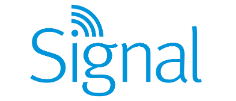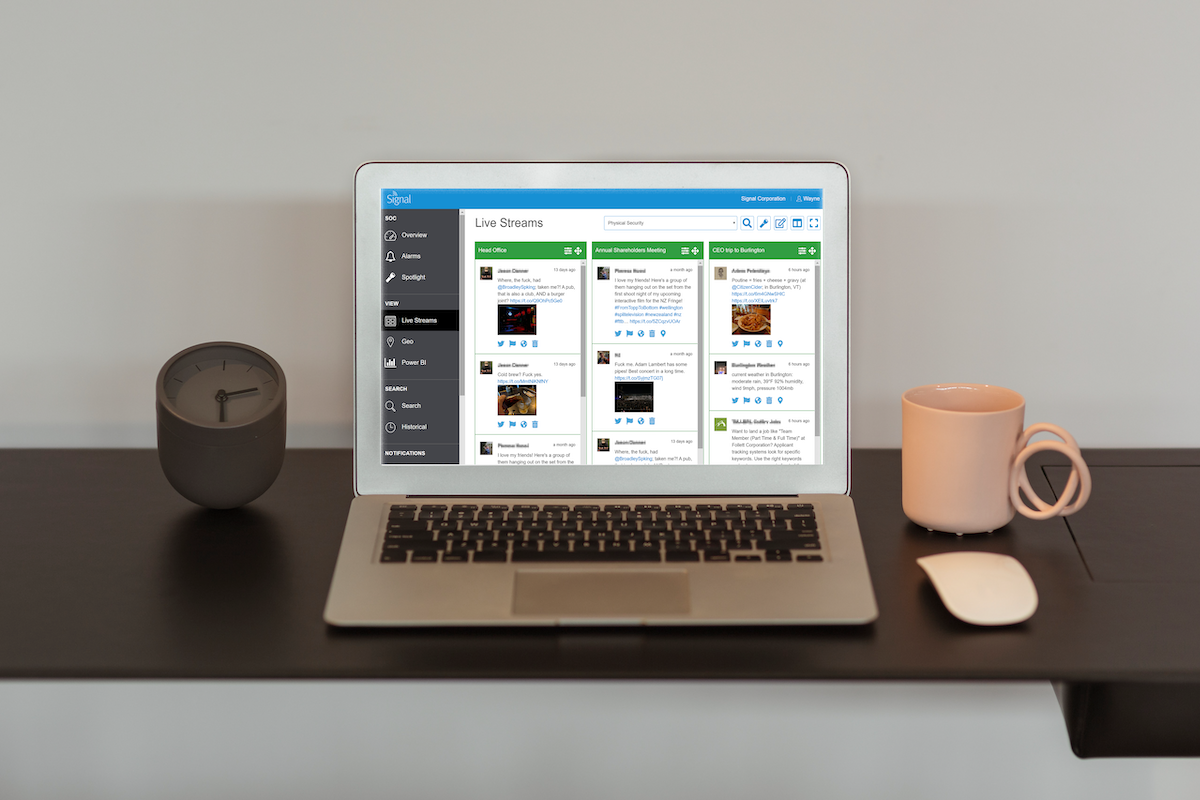Why you Need to Upgrade your Social Media Security
For organizations, social media is vital for the success of their business. It forms a central part of their efforts to build brand awareness, establish their community, do market research and gather intelligence. However, because of the frequency with which it’s used and the importance of the role it plays, social media cybersecurity threats can have a very tangible impact on an organization through reputational damage, data breaches, or worse.
In a recent survey by Statista, it was revealed that 22% of internet users said that their online accounts have been hacked at least once, while 14% reported they were hacked more than once. Due to the constantly changing nature of technology and trends, it’s difficult to pin down a defined set of best practices.
In this article, we take a look at why and how attackers target social accounts as well as reviewing some of the current best practices for mitigating the risks.
Why Do Hackers Target Social Media Accounts?
A successful account takeover can enable threat actors to achieve a variety of malicious objectives, from the distribution of malware to the spreading of misinformation. Some of the most common uses for a compromised account are as follows:
Continuing the Attack: Generally speaking, most people are wary of random messages from strangers. However, if you can gain access to someone’s account and launch your phishing campaign against their contacts you can leverage the trust already established as a personal contact to dramatically improve the success rate of the phishing campaign. In the case of an organization’s account, these attacks are particularly harmful as they can target thousands or even millions of followers and can come with serious associated reputational damage.
Gathering Intelligence: The actual account takeover might not be the endgame of the attack. Instead by taking over an account, they gain access to intelligence, from an individual's messaging history to extensive personal details on an individual and their contacts.
Reputational Damage: We’ve already mentioned the potential for reputation damage as a by-product. However, there is a chance that reputation damage is the entire objective of the attack. Attackers might have a grudge against an organization or person, for example. Once they have access to the account they could do a range of things, such as posting racist slurs from the account or directly targeting followers through the account.
Credential Stuffing: Many people use the same login credentials across websites. Once attackers have successfully compromised an account, they then attempt logins at other popular websites using the same credentials to see what else they can gain access to. Often the objective is a financial reward.
Blackmail: If embarrassing or damaging information is surfaced through the account attack then hackers are unlikely to miss the opportunity to blackmail the individual or organization to further their other objectives.
4 Examples of Successful Social Media Attacks
LinkedIn Hacked, Exposing 117 Million Credentials
When: May 2016
Tactic: Data Breach, Account Takeover
The 2016 LinkedIn data breach exposed 117 million records of its users including email and password combinations. These were sold on the dark web and allowed hackers to gain access to and control thousands of accounts as well as use the data for credential stuffing.
Vevo Hacked Via LinkedIn Phishing
When: September 2017
Tactic: Targeted Phishing & Malware
In 2017 the streaming service Vevo suffered a breach when one of its employees was phished via LinkedIn. Through this attack, hackers obtained and publicly released over 3TB worth of the company’s sensitive internal data.
HAMMERTOSS Malware
When: July 2015
Tactic: Malware/Data Exfiltration
HAMMERTOSS is a malware which was created to automatically search and extract data from social networks and was controlled by commands posted by attacker profiles. This novel approach to weaponizing social media shows the need to analyze social media as part of the full lifecycle of a cyber attack.
Twitter Bitcoin Scam
When: July 2020
Tactic: Account Takeover
Through a series of targeted phishing campaigns, hackers were able to get access to internal systems and tools at Twitter. They used this access to take control of numerous high profile accounts, including verified accounts such as Kanye West, Barack Obama, Apple, and Joe Biden. The attackers used the platform to Tweet a message requesting Bitcoin be sent to a specific wallet number with a promise they’d return it doubled. In the short time the message was up the attackers collected over $100,000.
6 Quick Tips to Improve your Organizations Social Media Cybersecurity
1. Employ strong unique passwords.
Avoid the risks of credential stuffing by ensuring that all accounts are locked with strong unique passwords.
2. Keep personal and business accounts separate.
Linking personal and business accounts just make it easier for hackers to gain access to both. So, when possible, keep a separate and distinct login and password for both.
3. Restrict access and permissions.
Not everyone needs to have the ability to login to the organization’s social media accounts. Not everyone needs to be able to post, share or send messages through it. Additionally, when an employee leaves make sure to revoke their access to all social media accounts.
4. Be mindful about what you share.
Even harmless posts might unwittingly share sensitive data that could be used by attackers. For example, you might share an employee update, maybe congratulating an employee for having a child, information which could be used in a targeted spear-phishing campaign.
5. Protect the physical access points.
Make sure devices are password-protected, don’t leave USB devices lying around, ensure that wi-fi networks are private and secure. These physical security threats are particularly prevalent currently with many employees working from home.
6. Be wary of third-party apps.
Third-party apps like scheduling softwares are invaluable, allowing you to save a huge amount of time. However, they also provide an additional way for attackers to gain access to your social media accounts.
The Role of OSINT in Securing Social Media Platforms
By monitoring social networks for mentions of your brand and keywords, you’ll know right away when suspicious conversations about your brand emerge. For example, people might be sharing fake coupons or offers, or an imposter account starts tweeting in your name. Using OSINT you can monitor all the relevant activity online regarding your business and quickly identify fraud allowing you to respond to it in a timely fashion.
Additionally, you can use OSINT tools like Signal to monitor not only your social media channels for things like imposters but also for physical threats against employees or branch locations.
OSINT is vital in identifying when one of the above-mentioned risks of social media becomes more than just a threat when it becomes a reality. Being amongst the first to know when something like this happens allows you to respond quickly and effectively.



